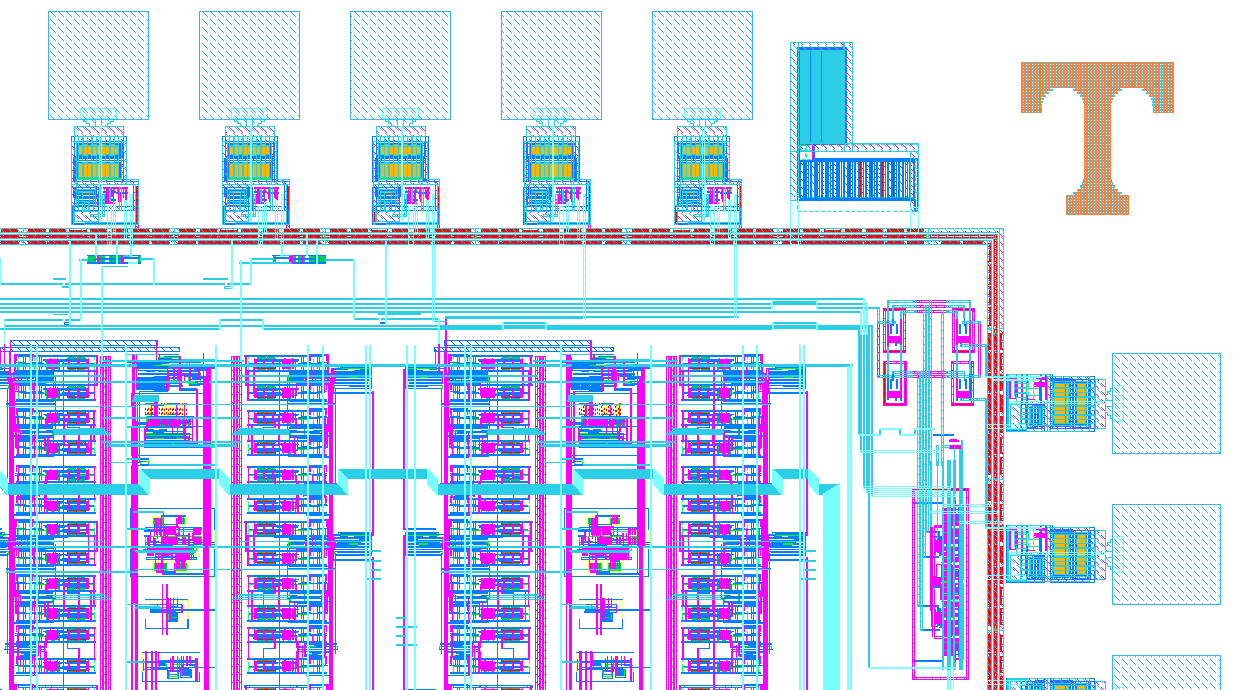SENECA@UT
Secure and Efficient NanoElectronic Computer Architectures
Memristor Device Modeling and Simulation
Designing and simulating nanelectronic circuits built from novel devices requires accurate models that
reflects the expected behavior of those devices. As the nanelectronic devices we explore tend to be experimental,
industry tested device models do not typically exist. Thus, device models must be developed based on our best
understanding of device behavior. Several memristor device models have actually been developed and presented in
scientific literature from which one can begin when designing memristor-based circuits. However, memristors,
like most nanoelectronic devices, are still experimental such that the models require regular refinement.
MODEL DESCRIPTION
DOWNLOAD MODEL_FILES.ZIP
©Copyright of the model is maintained by the developers. This model is distributed under the terms of the Creative Commons Attribution-NonCommercial 4.0 International Public License:
https://creativecommons.org/licenses/by-nc/4.0/legalcode. If you choose to use this model, you are kindly requested to cite this following paper.
S. Amer, S. Sayyaparaju, K. Beckmann, N. C. Cady, and G. S. Rose, A
Practical Hafnium-Oxide Memristor Model Suitable for Circuit Design
and Simulation, in International Symposium on Circuits and Systems
(ISCAS), May 2017, pp. 1–4, DOI:10.1109/ISCAS.2017.8 050 790.
